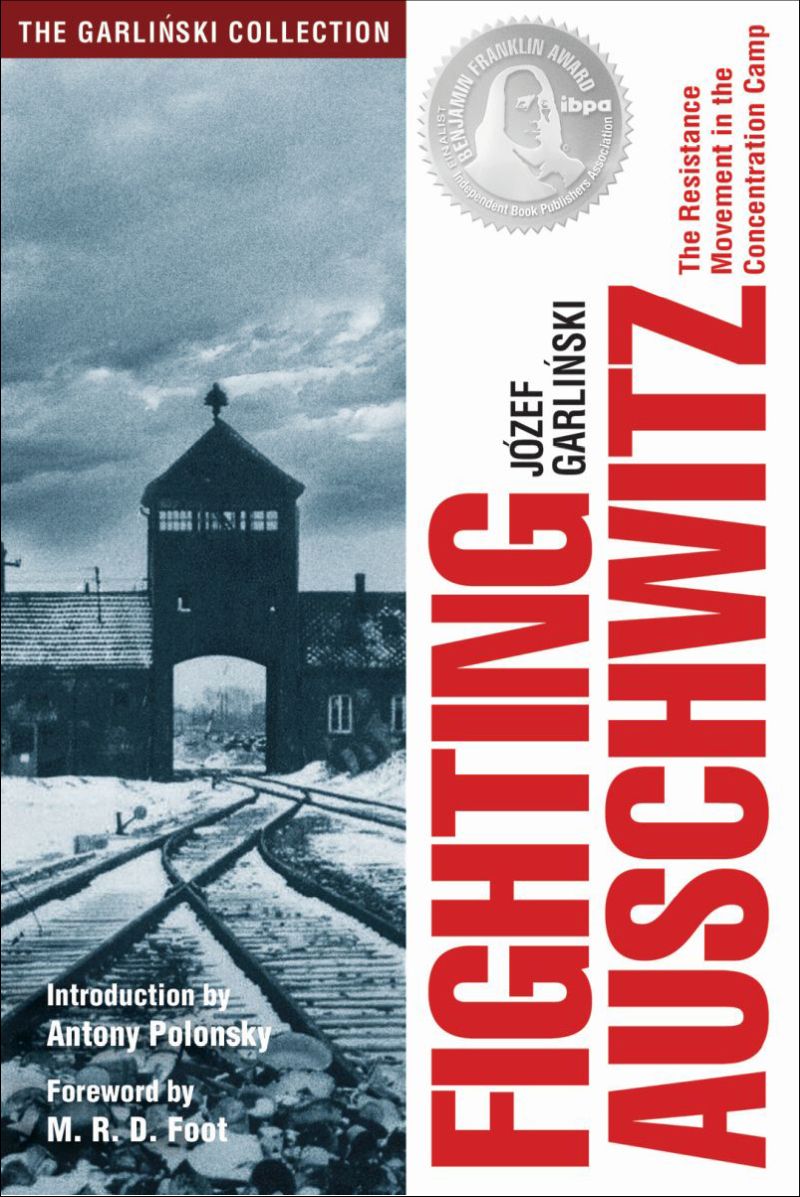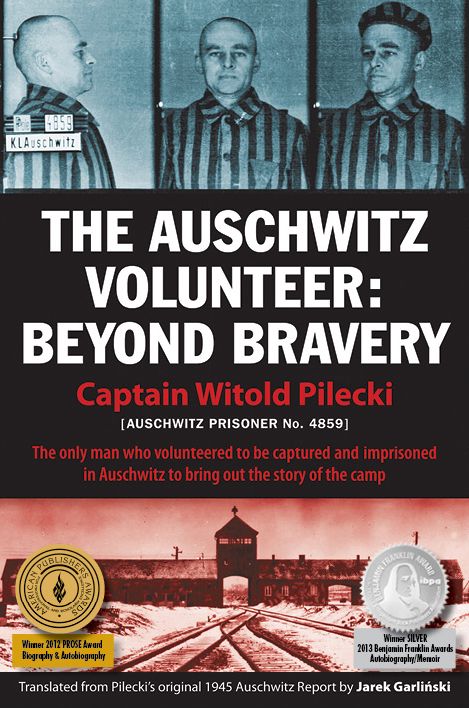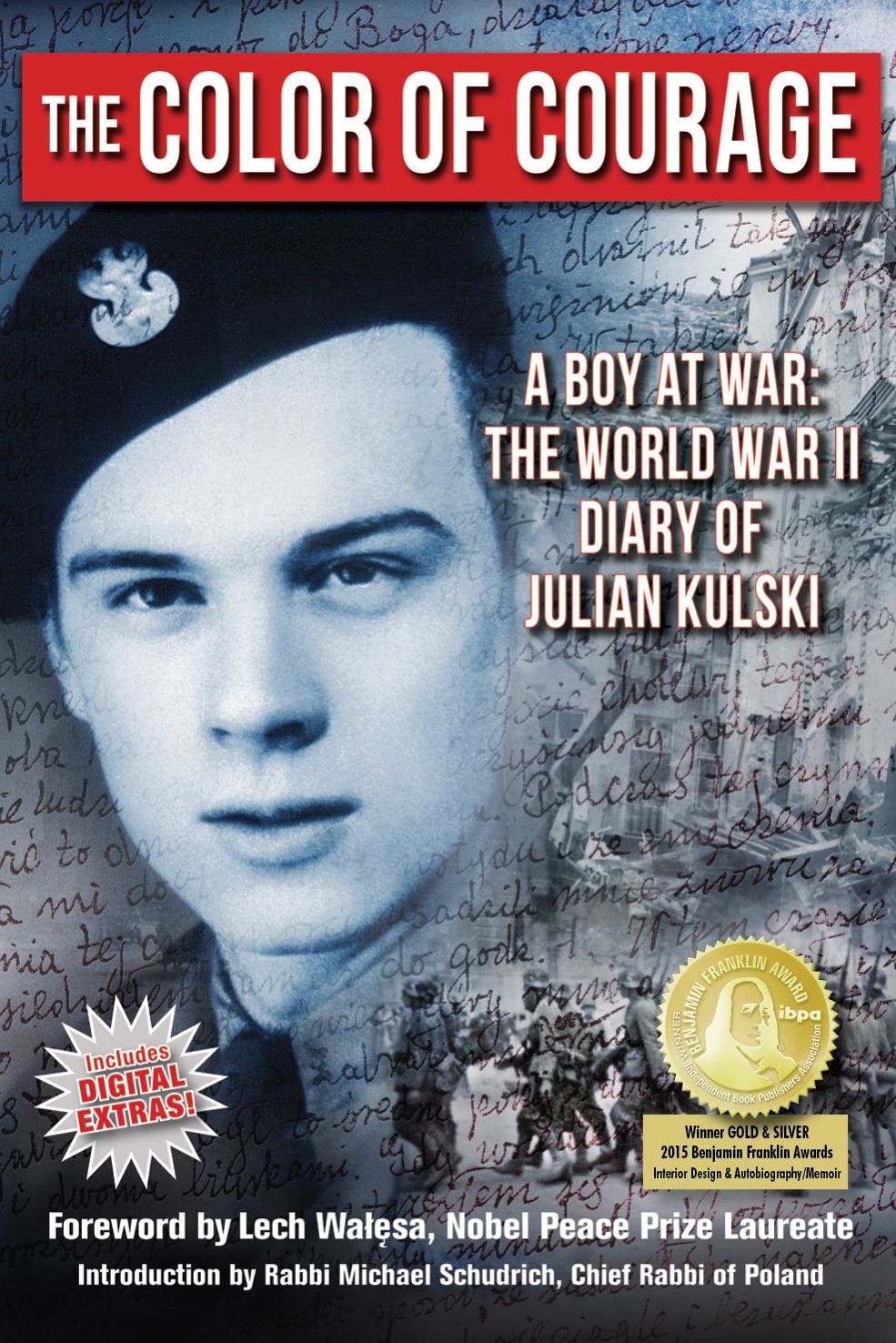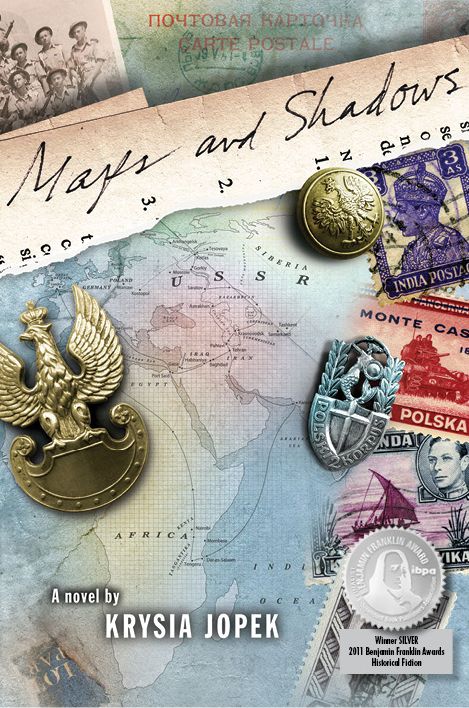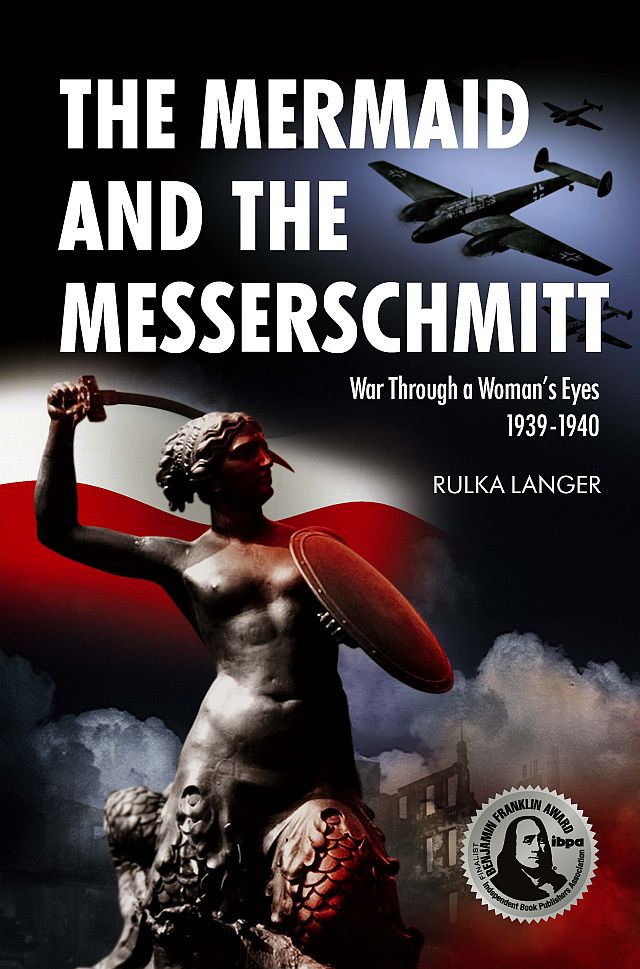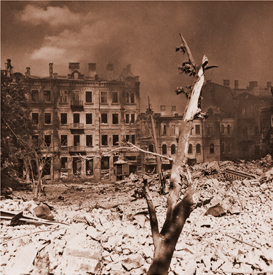
From the first day of invasion on September 1, 1939 Poland’s capital Warsaw—modern, bustling, cosmopolitan, cultured, with a population of more than one million—was ruthlessly pounded and strafed by swarms of German bombers and Messerschmitt fighters. A week later, on September 8, the first German panzer tanks rolled into the southwest suburbs of the city. The Poles repulsed the initial attacks, but Warsaw was soon surrounded.
The brutal Siege of Warsaw lasted until September 27. The Polish Armia Warszawa (Warsaw Army) fought ferociously, but it fought against overwhelming odds. On September 25, infamous as “Black Monday,” the Germans launched a massive, relentless artillery and air bombardment that finally shattered the city. The escalating civilian death toll and lack of food, water, ammunition and other necessities forced Polish General Juliusz Rommel to surrender.
When 140,000 Polish soldiers were herded out of the city as prisoners of war, the bodies of more than 40,000 dead civilians—men, women and children—lay decomposing in the streets...entombed under the rubble of collapsed buildings...buried in makeshift graves in gardens and town squares throughout the city. On October 1, a triumphant German army marched into Poland’s capital. Six years of Nazi terror had begun in the “City of the Mermaid”.







